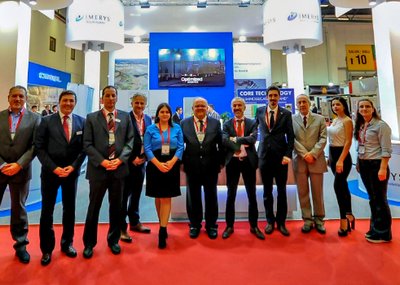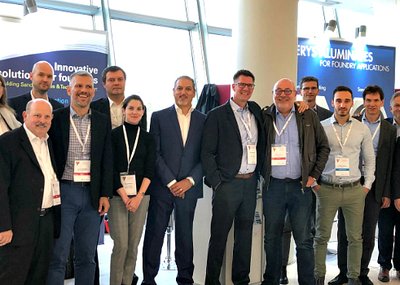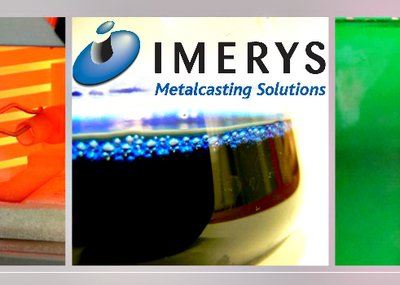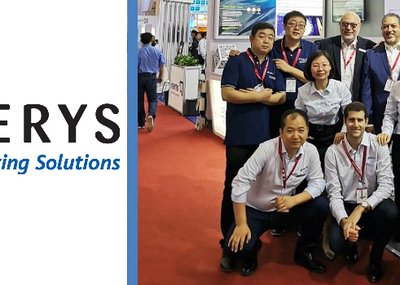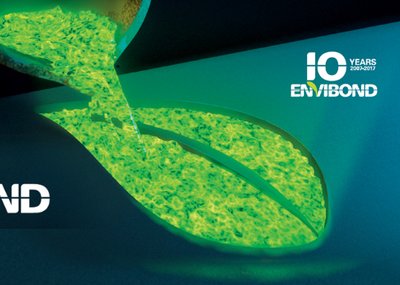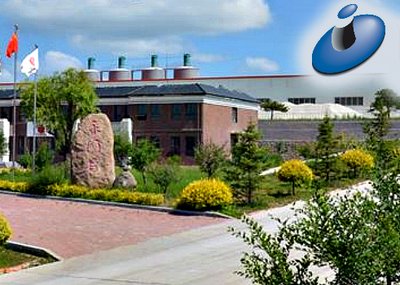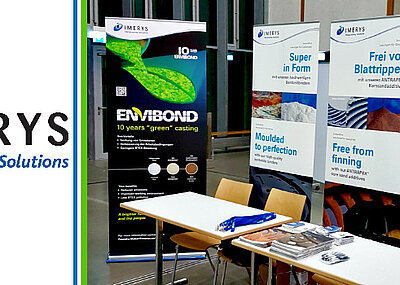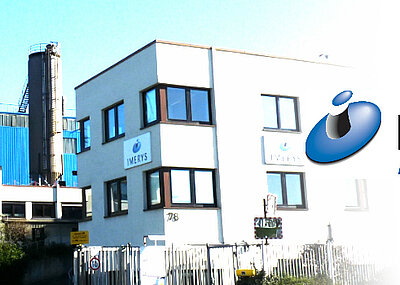Imerys’ executives believe the most challenging phases in the market have now passed, as the company posts positive results and bets on the recent SPAR acquisition and the positive progress of the Alteo takeover to revamp its refractory and foundry operations.
The acquisition-led strategy Imerys has been pursuing for the past year has been paying off as the French industrial minerals producer and processor forecast further improvement in margins by year-end and is on track to complete the buyout of alumina supplier Alteo.
"Gradually, the trend showed that the low point of profits is behind us," Imerys’ chief financial officer, Olivier Pirotte, told investors in a conference call on 28 October.
In its latest financial results for the nine months to 30 September 2016, Imerys posted growth in revenues, income and operating margins, mainly on the back of positive influx of turnover following acquisitions the company carried out in 2015.
CEO Gilles Michel described the "good-quality results" the company has achieved as a "reflection of the strategy Imerys has been pursuing" in external expansion, improvement in product offering and divestment of non-performing assets.
Despite the overall positive performance of the group, Michel pointed to "contrasts between geographical regions and sectors" leading to positive and negative impact on profits.
Some divisions have been dragged down by persisting weakness in specific markets, namely steelmaking, paper and energy.
The sluggish steel industry affected refractory minerals and refractory products sales. The High Resistance Minerals division, which accounted for 14% of total revenues in January-September, saw an 8.2% drop in turnover year-on-year. Within Energy Solutions and Specialities, the monolithic refractories business suffered from weakness in European markets, both in terms of new activity as well as maintenance works.
To counteract the downtrend, Imerys is bringing in external businesses, with the recent acquisitions of SPAR in the US and Fagersta Eldfasta AB in Sweden. With SPAR, in particular, the company aims to branch out of steelmaking towards other refractory users, namely petrochemicals, cement and incinerators.
"Reducing our cost structures [in refractories remains a priority]," Pirotte added.
The executive pointed out the downtrend was less strong in foundry minerals. The company is now in the process of ramping up its facility in Bahrain, and has received the go-ahead from European authorities for its proposed acquisition of fellow French alumina producer Alteo.
Paper was "down in mature countries, particularly in mechanical paper", Pirotte said, which affected kaolin mineral sales. At the same time, speciality applications for kaolin had an overall better trend, supported by the takeover of BASF’s kaolin business.
Another segment of Energy/Specialities, ceramic proppants remained "lacklustre" on the back of low prices in energy markets. Ceramic proppants accounted for 2% of sales. Confirming what Imerys had told IM at the time of the Q1 results, the company is aiming to hold the negative component of oilfield minerals businesses at the level of 2015, thus not exceeding the loss of €27m recorded in 2015..
Michel noted that "there is always going to be a market for ceramic proppants" in the long term, and added that improvements in the oil price is a good sign.
Energy Solutions and Specialities as a whole accounted for 30% of total turnover.
Filtration and Performance Additives posted over 5% growth and held a 27% share of group revenues. Here, Pirotte singled out strong wollastonite sales driven by automotive applications. The division was among the main ones to benefit from the company's acquisition of Greece-based S&B in 2014.
Ceramic Materials also had a 5.7% revenue growth. Here, the executive pointed to a "robust performance" of roofing tiles despite the market showing no sign of recovery, particularly in France.
On the other hand, the company saw "good market dynamics" in other end markets, namely automotive, construction (in the US) and consumer goods. In the latter category, the segments of energy (components for lithium batteries for mobile phones and other electronics), cosmetics and pharmaceutical saw strong activity.
Source: indmin.com
Partner
Foundry Daily News
Imerys: ‘Low point of profits behind us’
Reading time: min
[1]

